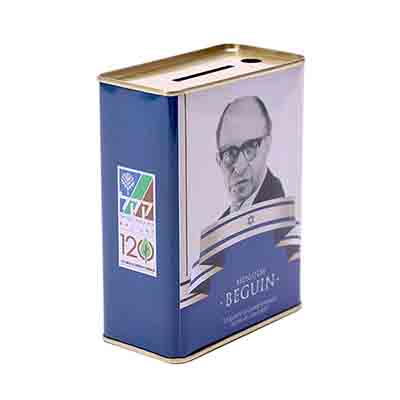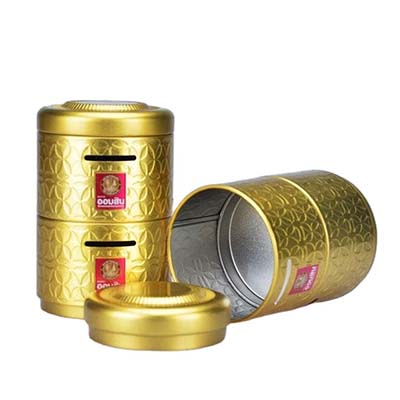
Money tins, often seen as a simple tool for storing change, actually play a far greater role in personal financial planning and daily life than people think. These small things depict how insignificant things can significantly shape us. This article examines the various ways money tin has a positive impact on individuals, explaining how they promote financial habits, accomplish goals, and teach money management. The skills and psychology give us a sense of satisfaction.
One of the most significant benefits of using a money saving tin is its ability to cultivate a saving habit. The physical act of placing spare change or extra money into a tin serves as a constant reminder to save. This habitual action can gradually instill a disciplined approach to saving money. For many, this is the first step towards effective personal finance management and long-term financial planning.
The tactile nature of a money tin makes the act of saving tangible and immediate. Unlike digital savings accounts, where money is often abstract and out of sight, a money tin offers a visible and physical representation of one's savings progress. This visibility can be particularly motivating, as it allows individuals to see their savings grow day by day.
Tin can money box can also help individuals achieve specific financial goals. By regularly depositing money into a tin, people can accumulate funds for targeted purposes such as a vacation, a significant purchase, or an emergency fund. This goal-oriented saving method reinforces self-discipline and a sense of purpose.
Having a designated money tin for different goals can further enhance this practice. For instance, one tin might be used exclusively for travel savings, while another is reserved for future investments. This separation of funds helps individuals stay organized and focused on their financial objectives, making the saving process more structured and effective.


For children, money tin cans serve as excellent educational tools. They help kids understand the value of money, the importance of saving, and how to manage their allowances. Introducing children to money tins at an early age can foster financial literacy, a critical skill that will benefit them throughout their lives.
Parents can use metal money tins to teach their children about budgeting and delayed gratification. By setting up a system where children earn money through chores or good behavior and then save a portion of it in their money tins, parents can instill a sense of responsibility and financial prudence. This hands-on approach to financial education is far more impactful than theoretical lessons alone.
Each time money is deposited into a money tin, it represents a moment of resisting the urge to spend. This act of self-control is essential for developing good financial habits and can extend to other areas of life such as studying, working, and maintaining a healthy lifestyle.
The discipline required to consistently save money in a tin can translate into better overall self-regulation. Individuals who regularly contribute to their money tins may find themselves more capable of managing other aspects of their lives that require self-discipline and long-term planning.
Watching the money box tin a tin grow over time can provide a sense of accomplishment and satisfaction. This feeling of achievement can motivate individuals to continue saving, creating a positive feedback loop that reinforces good financial behavior.
The psychological satisfaction derived from seeing tangible progress can be powerful. It serves as a constant reminder of one's ability to set goals and achieve them through consistent effort. This sense of control and accomplishment can boost overall well-being and encourage further positive financial behavior.


Money tins can also act as a small emergency fund. In the event of unexpected expenses or minor financial setbacks, the money stored in a tin can provide a quick and accessible source of funds. This immediate availability can be crucial in times of need, offering a safety net that reduces financial stress.
Having a readily available source of emergency funds can provide peace of mind, knowing that there is a buffer to handle unforeseen expenses. This security can alleviate anxiety and contribute to a more stable financial outlook.
In some cultures, money tins (such as the Chinese "puman") carry deep cultural significance. They symbolize thriftiness and the traditional values of saving and managing wealth wisely. Beyond their practical use, money tins embody cultural heritage and serve as a reminder of time-honored financial principles.
These cultural associations add another layer of meaning to the practice of using metal tin money bank. They connect individuals to their cultural roots and emphasize the importance of saving as a respected and valuable tradition.
In conclusion, money tins offer numerous positive effects, from cultivating saving habits and achieving financial goals to enhancing self-discipline and providing psychological satisfaction. They are valuable tools for financial management and personal development, proving that even the simplest objects can have a profound impact on our lives.